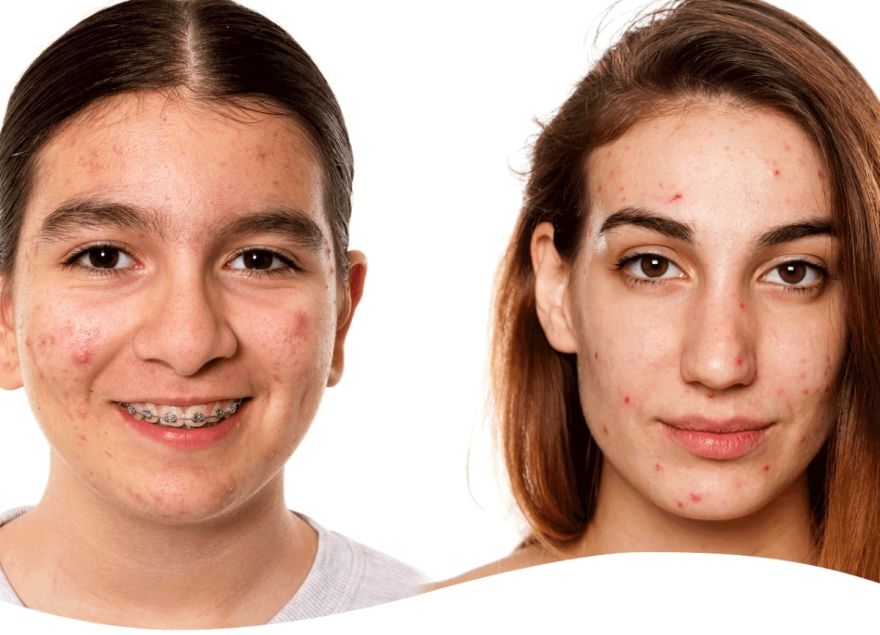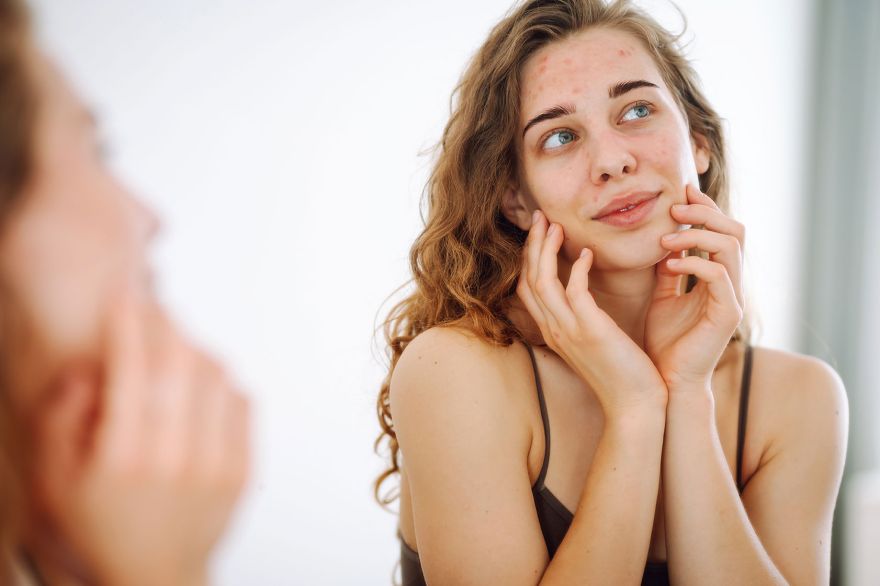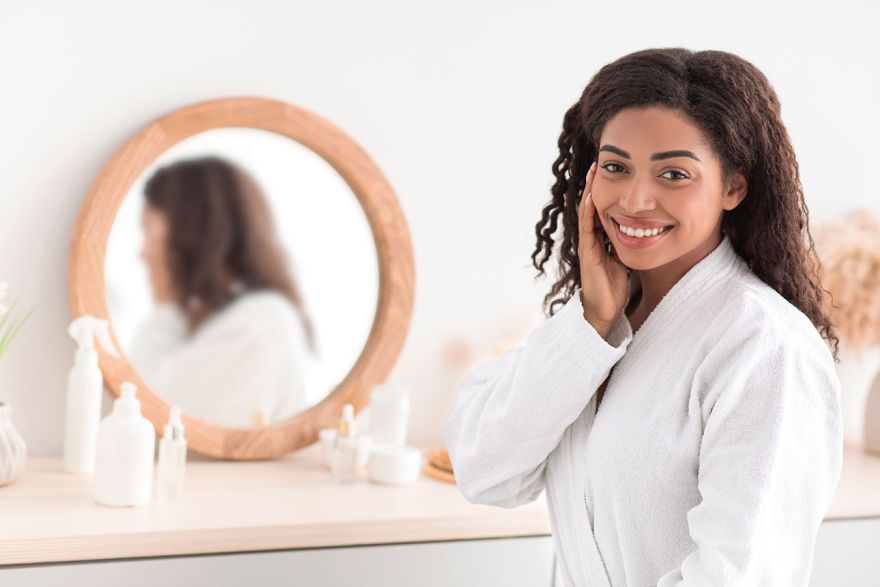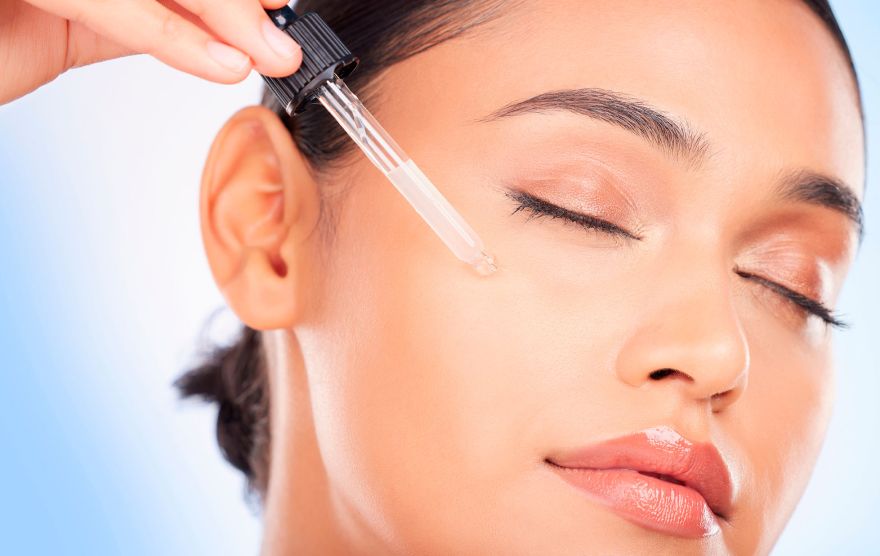Skin Care for All Seasons, Adjusting Your Routine to Weather’s Whims
Our skin is the largest organ of our body, acting naturally as a barrier to environmental elements such as UV radiation, pollutants, and pathogens. Much as wardrobes change in seasons, so should skincare routines. Fluctuating temperatures, changing humidity levels, and increased UV rays change our skin care needs. As the weather changes, you need to adjust your skincare routine to achieve a wonderfully balanced and healthy complexion throughout the year.
Why Seasonal Adjustments Matter?
Our skin faces a lot of environmental changes during the year:
- Summer Scorches: This means being hot and humid, and along with that comes an increase in sweat production, clogged pores, and increased sun exposure. This, in turn, increases your potential for sunburns, pigmentation and aging.
- Autumn Assault: With summer slowly fading away, temperatures turn cool and the air becomes dry. Consequently, individuals may experience dry skin and irritation.
- Winter’s Fury: Lower temperatures are paired with freezing winds that suck all the moisture levels in winter, leaving the skin dry and tight.
- Spring Surprise: Warmer and sometimes allergy-triggering spring weather increases the list of outbreaks and sensitivity.
Tailor your skincare routine to what your skin is looking for during these seasonal changes. You can keep your skin healthy and glowing in every way.
Building a Foundation: The Core Routine
Before getting into seasonal tweaks, find a core skincare routine that works for your skin type: oily, dry, combination, or sensitive. It likely will include the following steps:
- Gentle Cleansing: Cleanse your face twice a day with a cleanser that rids the skin of dirt and impurities without washing out natural oils. Use gentle formulas during dry months and lighter, foaming formulas during humid summers.
- Targeted Treatments: Incorporate serums or spot treatments in your skincare routine to address several lines of problems, from acne, and hyperpigmentation to even wrinkles. Apply after cleansing and before moisturizing.
- Moisturization Is Key: A good moisturizer should be the one that is going to hydrate the skin barrier while protecting it. Lightweight, oil-free lotions moisturize your skin during summer, and richer creams in winter. Apply moisturizers during the day and at night.
- Sun Protection: Sunscreen will always be the leading rule every season and at any time in the year. Slather on broad-spectrum SPF 30 or higher sunscreen generously each day, even when it is cloudy.
Seasonal Tweaks for Glowing Skin
Now, let’s learn how to tune this main skincare routine for each season.
Summer’s Sizzle:
- Cleanse Wisely: Go for lightweight, oil-free cleansers that can wash away sweat and extra oil without clogging pores.
- Exfoliate Regularly: Exfoliation keeps dead skin cells from sitting on the skin and contributing to breakouts. On the other hand, over-exfoliation will irritate the skin.
- Hydration Hero: Light, water-based moisturizers reign supreme during the summertime. Hyaluronic acid is one of the best ingredients to look for, as it attracts and locks in moisture.
- Sunscreen Smarts: Never skip sunscreen! Go with a sweat-resistant, broad-spectrum SPF 30 or higher for the best kind of protection. Reapply every two hours or more often after swimming or excessive sweating.
Autumn‘s Wrath:
- Cleansing Comfort: Use the same gentle cleanser but change the water temperature to lukewarm as the weather cools.
- Exfoliation Ease: Exfoliate at the same frequency but switch to lower-strength means of exfoliation, such as chemical exfoliants including AHAs or BHAs.
- Moisture Boost: Switch to a richer moisturizer as the air gets dry. Look for ingredients like ceramides and glycerin, which help lock in moisture.
- Lip Love: Chapped, dry lips are a common fall concern. Apply a hydrating lip balm regularly throughout the day to keep your lips moisturized.
Winter Chill:
- Gentle Cleansing: The cold can dry your skin. Try a creamier cleanser to ward off dryness.
- Gentle Scrubbing: Exfoliate, but use very gentle methods during winter months when the skin has a possibility of being tender.
- Heavyweight Hydration: Thicker moisturizers that may be too thick in warmer weather will not go amiss in these dry days of winter. Look for ingredients like shea butter or petrolatum for a shielding barrier.
- Humidifier Help: Dry indoor air can exacerbate winter dryness. Running a humidifier may help restore moisture to the air and your skin.
Spring’s Fresh Start:
- Cleansing Consistency: Continue with gentle cleansing to remove impurities without stripping the skin of its natural oils. This helps maintain your skin’s moisture balance and prevents dryness and irritation, especially during seasonal transitions.
- Exfoliation Attention: Spring may be a great time to give a bit more focus to exfoliation. Spring is a refreshing season to do away with the dullness of winter by receiving a somewhat more intense exfoliating treatment.
- Lighter Layers: As it warms up, you can gradually transition back to using lighter moisturizers.
- Sun Protection Begins Early: No need to wait for summer to have a reason to slather on some sunscreen. Start applying your daily SPF early to protect against increasing UV exposure.
Additional Tips for All Seasons:
- Keep Hydrated: Drinking enough water keeps your skin hydrated from within.
- Diet and Lifestyle: A balanced diet packed with antioxidants, vitamins, and healthy fats together supports healthy skin. Regular exercise and good sleep also go a long way in giving you a healthy glow.
- Regular Checks: See a dermatologist once a year or as needed to solve skin problems and get skincare tips tailored to your skin type.
- Be open to changes: Listen to your skin. If you feel the texture is different, or it has become more or less hydrating, or sensitive, change accordingly.
Keeping up with the seasonal changes in your skincare routine ensures you give your skin what it needs throughout the year to maintain a radiant and healthy complexion no matter what the weather does.





